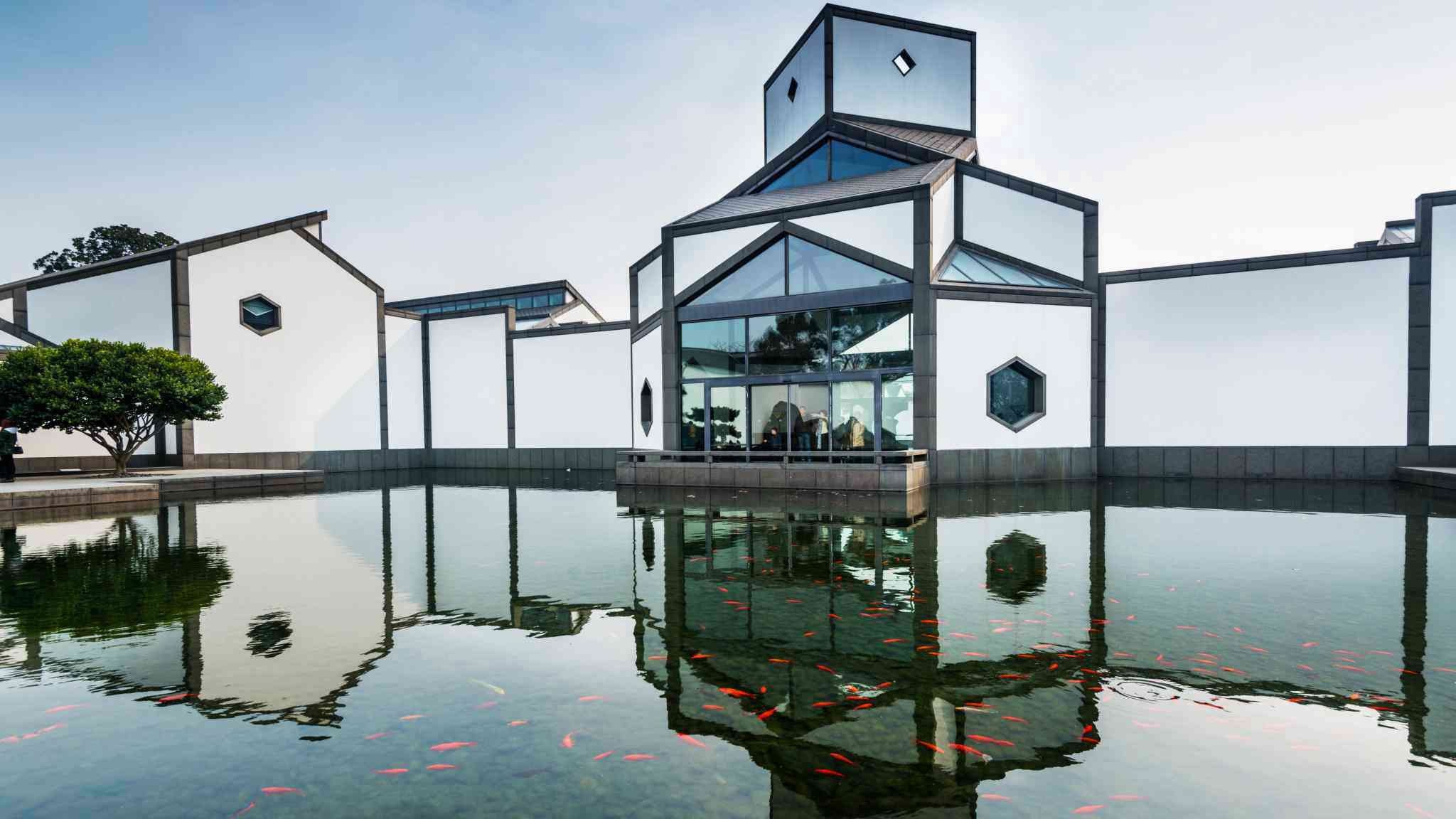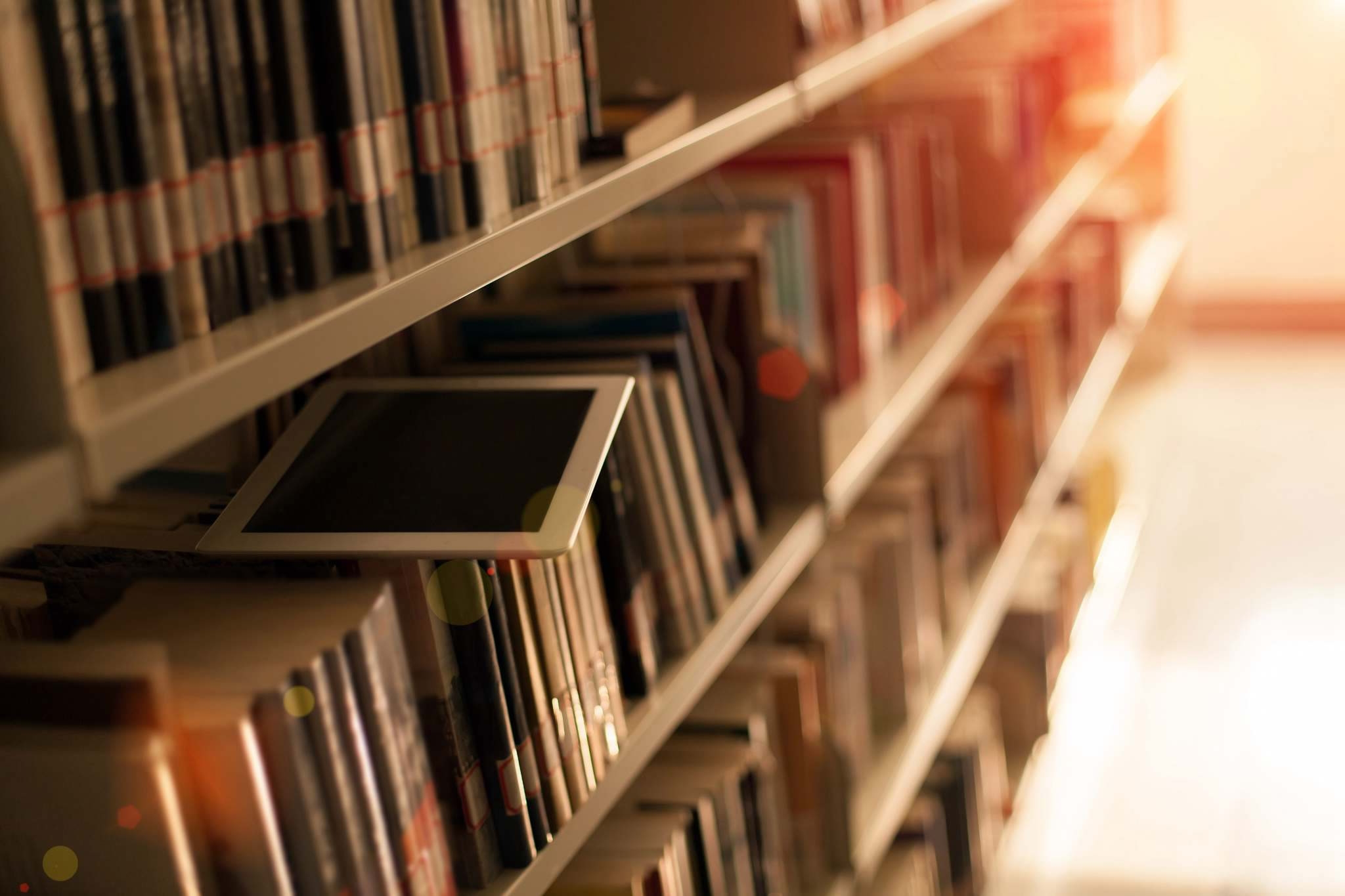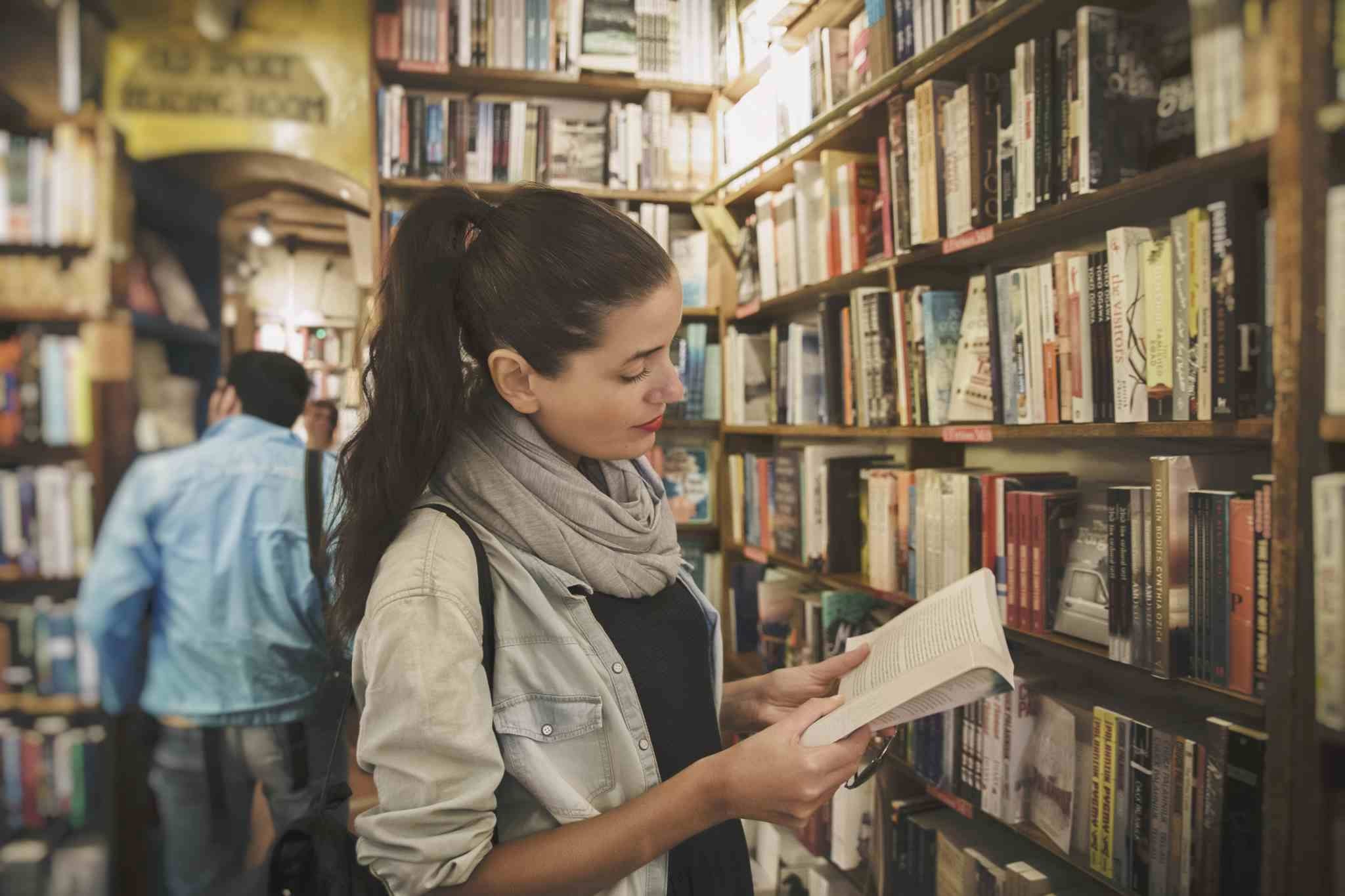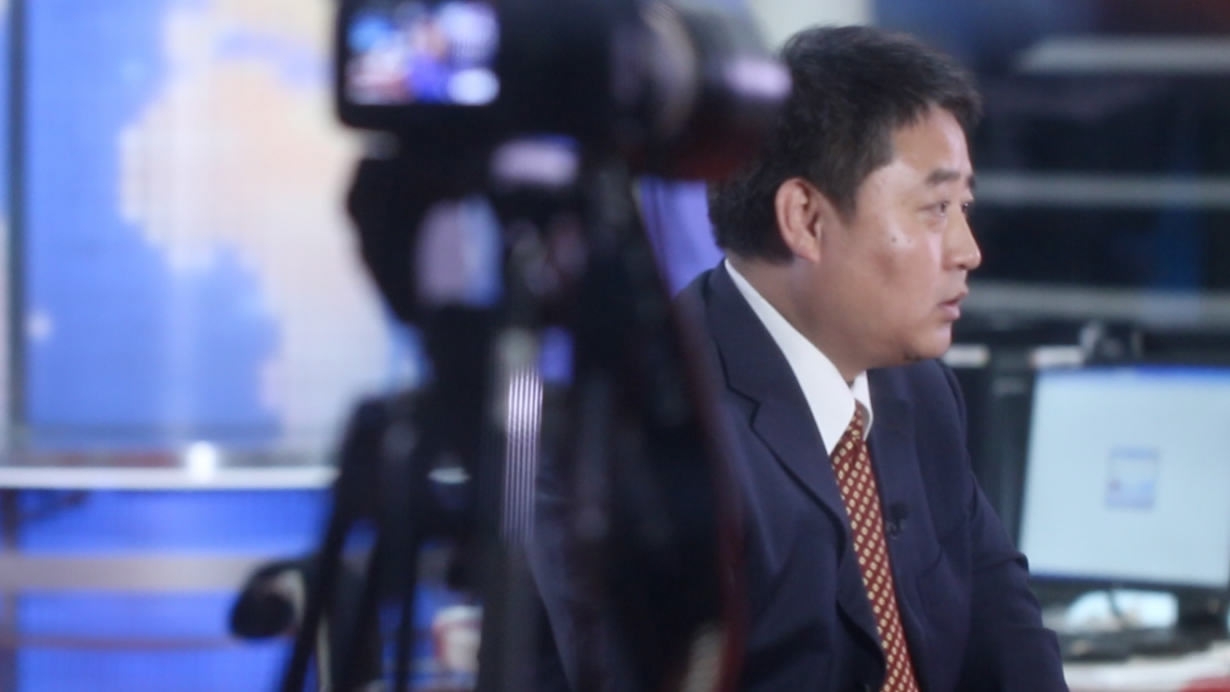
Culture & Sports
01:06, 14-Mar-2017
Ask China: Cultivating a cultural lifestyle
Updated
11:02, 28-Jun-2018

With the popularity of recent television shows “The Chinese Poetry Conference” and “The Readers,” it seems that Chinese people’s passion for culture is on the rise. But what has the country offered to meet the increasing demands of the people? How much help can one expect to get from society, if he or she is determined to embark on a voyage into the sea of culture?
Deputy Director Bai Xuehua from the Department of Public Culture at the Ministry of Culture spoke to CGTN to offer his answers.

Printed books in contrast with digital device. /CFP Photo
Printed books in contrast with digital device. /CFP Photo
China has enacted a law to improve public services, which clarifies the government’s role in providing public cultural services to the people, said Bai. Under the law which took effect on March 1 this year, governments at all levels have to ensure that parts of their annual financial budgets as well as their working plans are allocated to providing public cultural services.
“China has been promoting such services by activities including national reading, national exercises, as well as popularization of art, science and law,” noted Bai.
When asked what kinds of facilities and resources the public cultural service systems have provided for the people, the director gave several well-known examples.
Printed books in digital era

Woman read at library. /CFP Photo
Woman read at library. /CFP Photo
Libraries are one of the most important and common facilities for providing public cultural services. As of 2015, China had already established 3,139 public libraries at areas above the county-level.
Despite e-reading becoming a worldwide trend, Bai explained that for public libraries, printed books could never be replaced.
He cited elderly people as an example, saying that it is almost impossible for them to completely embrace digital reading to the same extent as younger readers. Bai added that the same goes “for the juveniles as well,” saying that the digital books in poor quality might confuse teenagers.
“The collections in public libraries have manifested core socialist values, which means they are irreplaceable in its functions of educating, inspiring and guiding the people,” noted Bai.
Sharpen your eyes

Museums are equally significant in terms of public cultural services. China has over 3,800 museums above the county-level so far, still far behind when compared to other countries.
But Bai explained that the gaps between Chinese museums and their foreign counterparts mainly lie in the services they provide, as well as exhibition planning and organizing.
The director added that China has been catching up in those sectors. Citing several exhibitions featuring Chinese traditions and arts as examples, Bai said “all the people need is a pair of bright eyes, to discover and to learn.”
Tackling regional imbalance

“Equalization won’t work,” said Bai while addressing the problem of regional imbalances in cultural development and resources distribution.
While many residents in metropolises like Beijing, Shanghai and Guangzhou can choose between high-quality musical concerts and long-awaited plays, people in rural towns and villages may still be thrilled at the chance of watching outdoor cinema projections of movies that aired across the world maybe half a year ago.
Bai said differentiation is the right choice to solve that problem. Besides fulfilling people’s basic cultural demands, each area should adopt measures in accordance with their own development paths.
The Ministry of Culture has been focusing on providing cultural resources to rural areas since 2015, and has invested three billion yuan (433.7 million US dollars) in only one year to provide cultural facilities.
Civil associations vs. government organizations

“The passion of the volunteers in the cultural sectors is incomparable,” Bai said, adding that “their problem is un-sustainability.”
The ministry’s solution to that is to institutionalize the management of volunteers, and to bring more organized civil associations into public cultural systems.
While enabling them to provide more professional services to the people, the civil associations could also become a “rival” for government organizations.
“If civil organizations are much better, why bother to be fixed on public libraries and cultural centers?” said Bai, indicating further deepening reforms in public cultural management.

SITEMAP
Copyright © 2018 CGTN. Beijing ICP prepared NO.16065310-3
Copyright © 2018 CGTN. Beijing ICP prepared NO.16065310-3